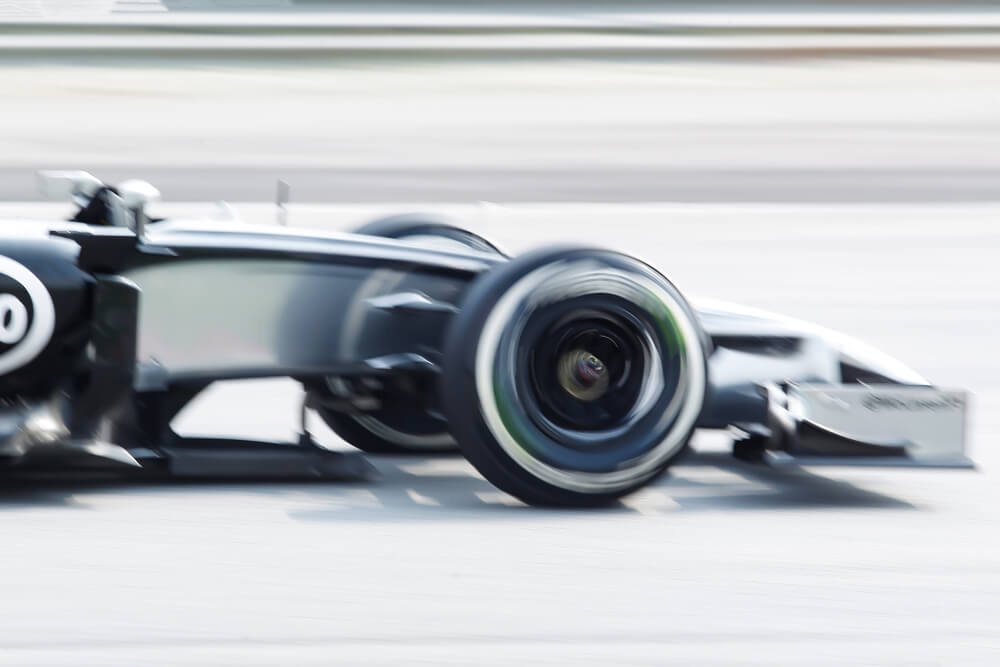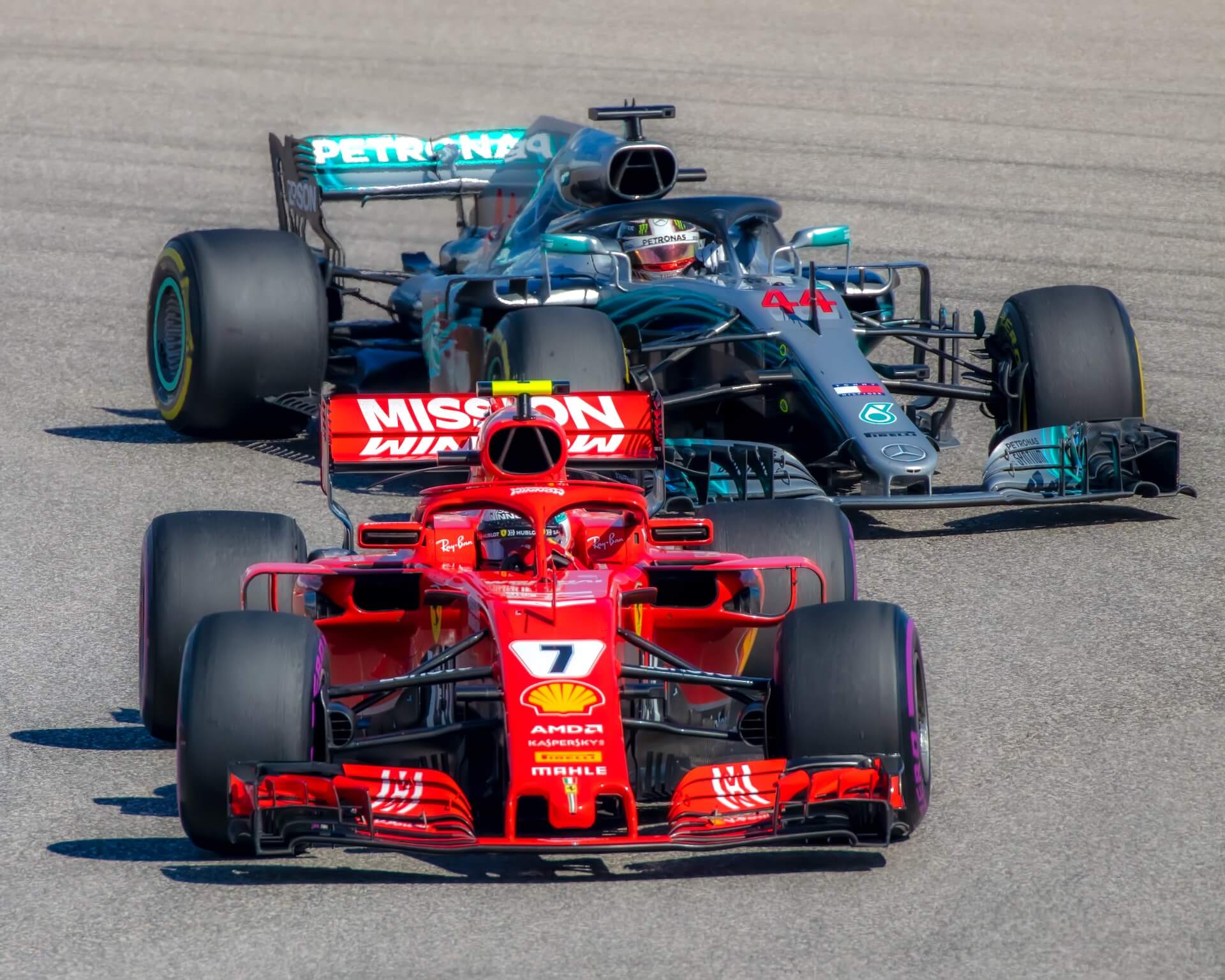If you’re a Formula One fan, you’ve likely heard the term “purple sector” thrown around during races. But what exactly is the purple sector? And why is it so important in the world of Formula One racing? In this comprehensive guide, we’ll take a deep dive into the purple sector. We’ll explore its impact on race strategy and performance.
Table of Contents
Watch this video to learn more about the purple sector in F1.
Understanding the Purple Sector
Let’s start with the basics. The purple sector refers to a section of a race track where a driver has recorded the fastest time in a specific sector during a session or a race. In Formula One, a race track is divided into three sectors, and the fastest time in each sector is represented by a different color: green for the first sector, purple for the second sector, and yellow for the third sector.
But how is the purple sector measured? Formula One uses a system called “live timing” to track each driver’s lap time and sector times. Each sector is defined by timing loops installed in the track, which record the time a driver crosses them. The fastest time in each sector is displayed in real-time on television broadcasts and online.
The Impact of the Purple Sector on Race Strategy
The purple sector isn’t just a badge of honor for drivers. It also plays a critical role in race strategy. Because the purple sector represents a significant portion of a driver’s lap time, it can heavily influence the decision to pit or stay out on track during a race.
For example, let’s say a driver has a significant lead over their closest rival and has just recorded the fastest time in the purple sector. Their team may choose to keep them out on track for an additional lap to maximize their advantage. Alternatively, if a driver is struggling to keep pace with their rivals and is consistently losing time in the purple sector, their team may decide to pit them early to try and gain an advantage through a different strategy.
The purple sector also plays a role in tire wear and fuel consumption. Because the purple sector often includes high-speed corners and heavy braking zones, it can be particularly taxing on a car’s tires and brakes. Drivers who push too hard in the purple sector may find themselves struggling with tire degradation later in the race, which could force them to make an additional pit stop. Likewise, drivers who are particularly efficient in the purple sector may be able to conserve fuel, which could give them an advantage in the closing stages of the race.

Strategies for Optimizing Performance in the Purple Sector
So how can drivers and teams optimize their performance in the purple sector? It all comes down to a combination of driver skill, car setup, and race strategy.
First and foremost, drivers must have the skill and precision to navigate the purple sector at high speed. This means finding the ideal line through each corner and braking zone, as well as carrying as much speed as possible through each turn. Drivers who can find the perfect balance between speed and control in the purple sector will often have a significant advantage over their rivals.
In addition to driver skill, car setup is also critical to purple sector performance. Because the purple sector often includes high-speed corners, a car’s aerodynamic setup can play a significant role in lap time. Teams may choose to adjust the car’s wing angles or suspension settings to maximize downforce and grip in the purple sector.
Finally, race strategy is also essential to maximizing performance in the purple sector. Teams must balance the need for speed in the purple sector with considerations such as tire wear, fuel consumption, and pit strategy. For example, a team may choose to run a softer tire compound to maximize grip in the purple sector, but this could come at the cost of increased wear and the need for an additional pit stop.
Notable Purple Sector Performances in Formula One History
Now that we understand the significance of the purple sector, let’s take a look at some notable performances in Formula One history.
One standout performance came from Lewis Hamilton during the 2018 Spanish Grand Prix. Hamilton set the fastest time in the purple sector on his final lap of qualifying, securing pole position by a significant margin. His purple sector time was nearly half a second faster than his closest rival, showcasing his incredible skill and precision in the technically challenging section of the track.
Another memorable purple sector performance came from Sebastian Vettel during the 2019 Japanese Grand Prix. Vettel recorded the fastest time in the purple sector on his way to a stunning pole position, outpacing his teammate Charles Leclerc by nearly two tenths of a second. Vettel’s performance in the purple sector played a significant role in his pole position, demonstrating the importance of this section of the track in race strategy.
Also read our article: Sectors in Formula One: Understanding the Key to racing success
Frequently Asked Questions
1. What is the purple sector in Formula One racing?
2. How is the purple sector determined in Formula One racing?
3. Why is the purple sector important in Formula One racing?
4. How do teams prepare for the purple sector in Formula One racing?
Conclusion
In conclusion, the purple sector is a critical component of Formula One racing. It plays a crucial role in race strategy, tire wear, and fuel consumption.
Drivers who can master and get purple sectors can gain a significant advantage over their rivals, showcasing their skill and precision behind the wheel. As Formula One continues to evolve and push the boundaries of performance, we can expect the purple sector to remain a crucial element of this iconic sport.
Article sources
Learn more about Formula One
Want to learn more about F1? Then visit our Formula 1 glossary and dictionary.



